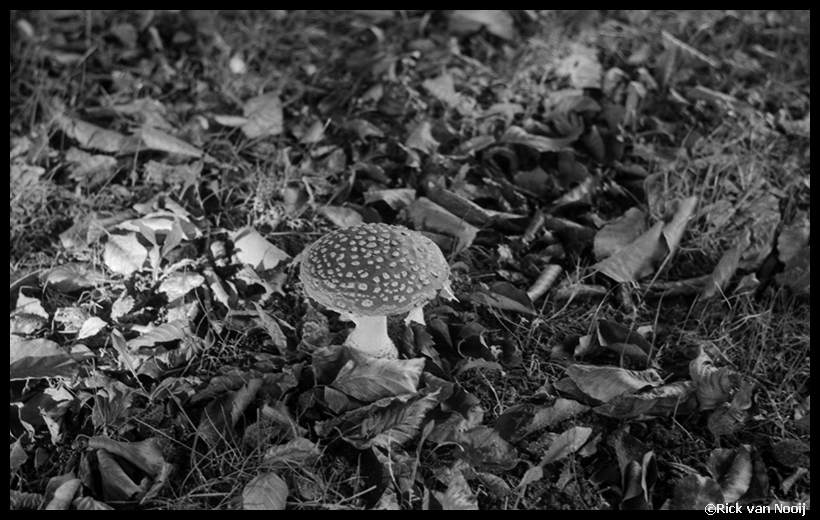simonankor
Registered Addict
1935-ish 90mm Elmar
















The lens used for the pictures above shows some 'natural coating' a colored sheen often seen on very old uncoated lenses. This kind of ultra thin oxydation of the lens surface works exactly the same as coating, so leave it as it is, never try to remove it!
Erik.
I am not sure if this is an urban myth.
Leica IIIb / APX100 / Summar (uncoated)


absolutely superb image



